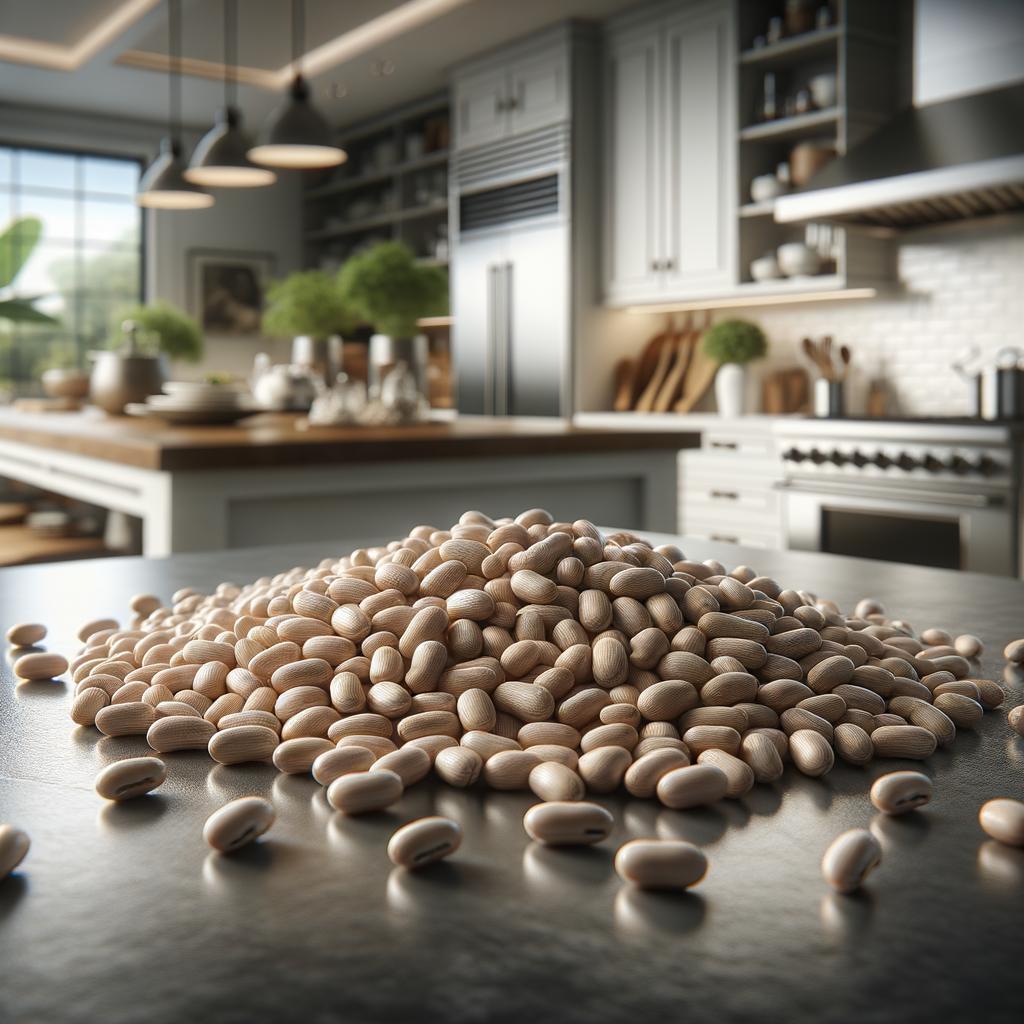Beans

Description
Beans, the humble yet versatile legume, are a staple in many kitchens around the world. They come in an array of colors, from the deep black of the Black Turtle bean to the vibrant red of the Kidney bean, and the creamy white of the Navy bean. Their shapes vary as well, from tiny and round to elongated and kidney-shaped. Their texture, when cooked, is tender and creamy, providing a satisfying mouthfeel. Their flavor profile is subtly earthy, serving as a blank canvas that readily absorbs the flavors of the ingredients they are cooked with. A unique characteristic of beans is their ability to fix nitrogen in the soil, making them not only a nutritious food source but also a vital part of sustainable agriculture.
Primary Uses
Beans are used extensively in culinary applications across diverse cuisines. From the hearty chili con carne of Tex-Mex cuisine to the comforting Rajma of North India, beans form the backbone of many iconic dishes. In Italian cuisine, they are a key component in Minestrone soup, while in Middle Eastern cuisine, they star in the famous dish, Falafel. Beyond their culinary uses, beans also have cultural and medicinal significance. They are often associated with fertility and abundance in folklore and are used in traditional medicine for their high fiber content and potential to regulate blood sugar levels.
History
The history of beans is as rich and varied as their types. Archaeologists have found evidence of bean cultivation dating back to 7000 BC in Peru and Mexico, making them one of the oldest cultivated plants. Over time, their cultivation spread to every continent, and they became a staple food for many cultures. The ancient Greeks and Romans valued beans for their nutritional properties, and they were even used as a form of currency. In folklore, beans often have magical properties, such as in the famous tale of Jack and the Beanstalk.
Nutritional Information
Beans are a nutritional powerhouse. They are an excellent source of protein, making them a key component in vegetarian and vegan diets. They are rich in fiber, which aids in digestion and helps maintain a healthy weight. Beans also provide a good amount of essential minerals like iron, magnesium, and potassium. They are low in fat and free of cholesterol, making them heart-healthy. Compared to animal-based proteins, beans offer similar protein content but with fewer calories and more fiber. Consuming beans may offer health benefits such as improved blood sugar control and reduced risk of heart disease. However, they also contain antinutrients like phytic acid, which can reduce nutrient absorption, and some people may find them hard to digest. Despite these minor drawbacks, beans remain a nutritious and sustainable choice for a balanced diet.

